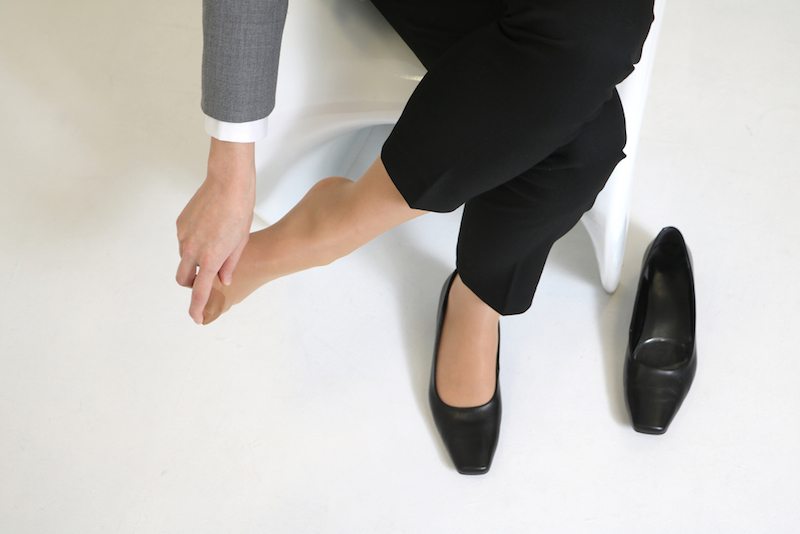Ganglion Cysts
What is a Ganglion Cyst?
A Ganglion Cyst is a non-cancerous lump, often on the tendons or joints of wrists and hands. The cause of ganglion cysts is unknown.
A Ganglion Cyst is round, small and usually painless. Although rare, it can be painful if it presses a nerve. In a few cases, the cyst can interfere with joint movement.
A Ganglion Cyst often clears on its own. If troublesome, it can be drained or removed.
Ganglion cysts, also known as Bible cysts, are more common in women, and 70% occur in people between the ages of 20-40. Rarely, ganglion cysts can occur in children younger than 10 years.
One large cyst or many smaller ones may develop. Multiple small cysts can give the appearance of more than one cyst, but a common stalk within the deeper tissue usually connects them. This type of cyst is not harmful and accounts for about half of all soft tissue tumors on hands and feet.
The cause of ganglion cysts is not known. One theory suggests that trauma causes the tissue of the joint to break down, forming small cysts that then join into a larger, more obvious mass. The most likely theory involves a flaw in the joint capsule or tendon sheath that allows the joint tissue to bulge out.
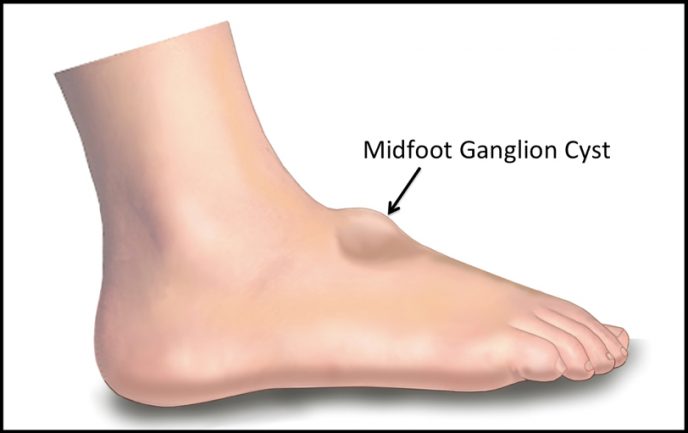
Ganglion Cyst Symptoms
- The ganglion cyst usually appears as a bump (mass) that changes size.
- It is usually soft, anywhere from 1-3 cm in diameter, and doesn’t move.
- The swelling may appear over time or appear suddenly, may get smaller in size, and may even go away, only to come back at another time.
- Most ganglion cysts cause some degree of pain, usually following acute or repetitive trauma, but up to 35% are without symptoms except for appearance.
- If pain is present, it is usually chronic and made worse by joint motion.
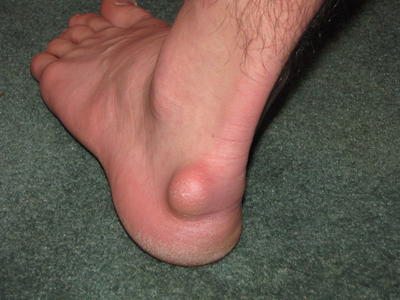
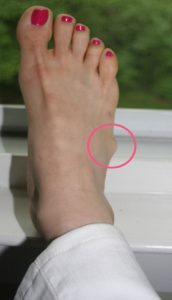
When to Seek Podiatry Care for Ganglion Cysts
Whether you have symptoms or not, your ganglion cyst can benefit from medical evaluation. Your Podiatrist can be sure that you have a ganglion cyst, keep you from worrying, and help decide on the best treatment plan for you.
A ganglion cyst does not need to have emergency treatment unless you have significant trauma. A routine check by your Podiatrist is often enough.
A physical exam is often all that is needed to diagnose a ganglion cyst.
- Your doctor may get further confirmation by using a syringe to draw out some of the fluid in the cyst (needle aspiration) or by using ultrasound which can determine whether the bump is fluid-filled (cystic) or if it is solid. Ultrasound can also detect whether there is an artery or blood vessel causing the lump.
- Your Podiatrist may send you to a surgeon if the bump is large or solid or involves a blood vessel (artery).
- Magnetic resonance imaging (MRI) is very useful for ganglions.
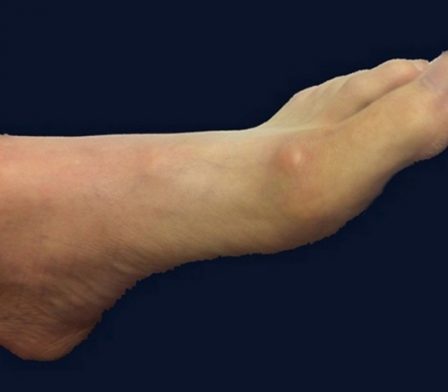
At the Foot and Ankle Clinic our highly qualified team of Podiatrists are all members of the Australian Podiatry Association and offer a combined 50 years’ experience. They are trained to diagnose and effectively treat Ganglion Cysts via a range of treatments.
Put your feet in our hands! See us today in Chadstone, Moe, Sale, Traralgon, Warragul & Online Store and Retail Enquiries. NO REFERRAL NEEDED!.

